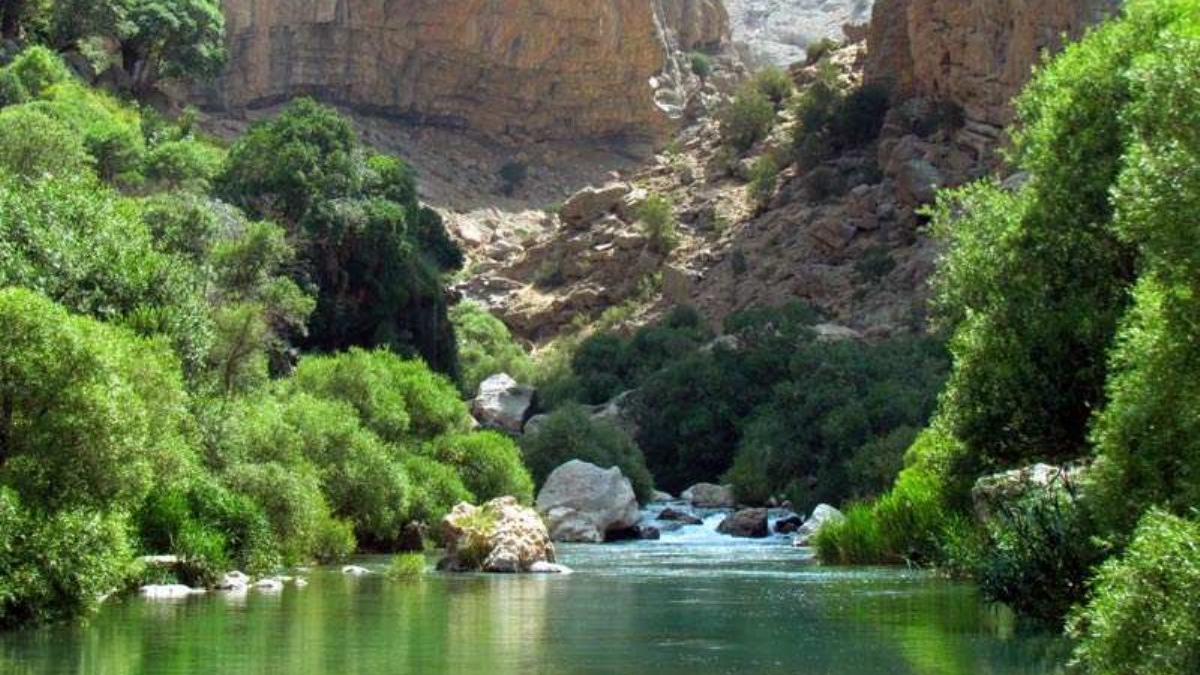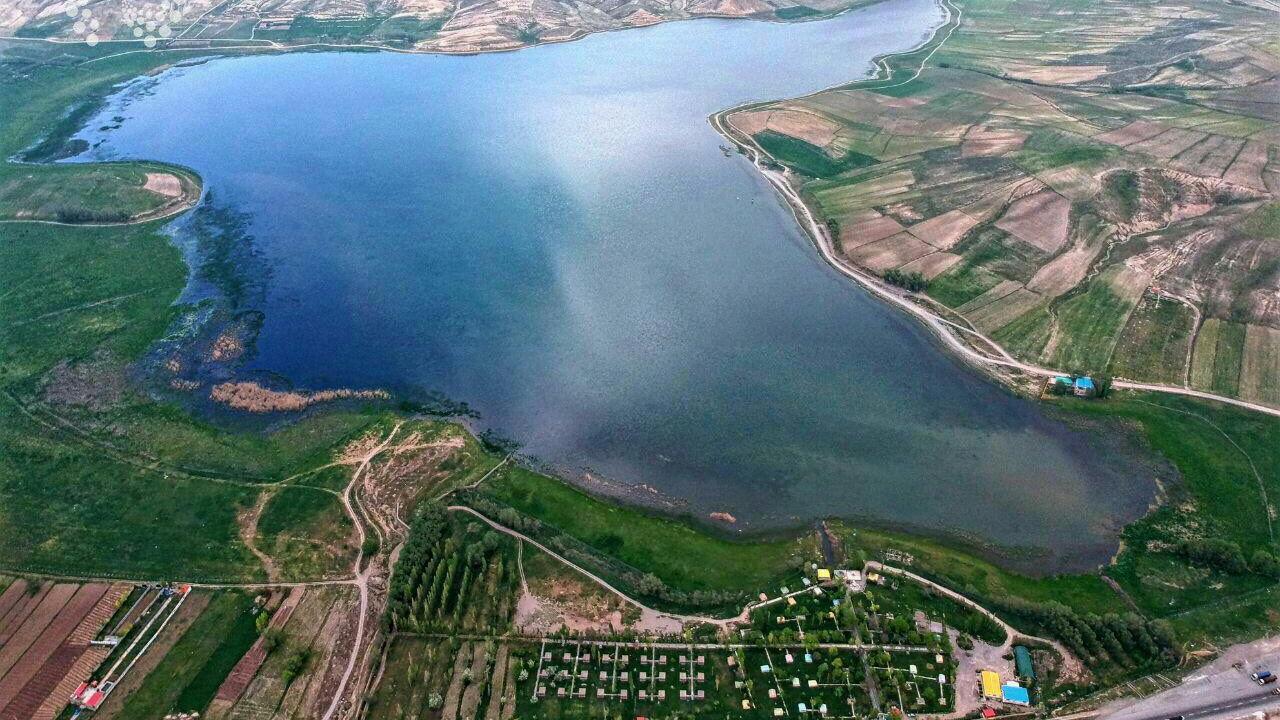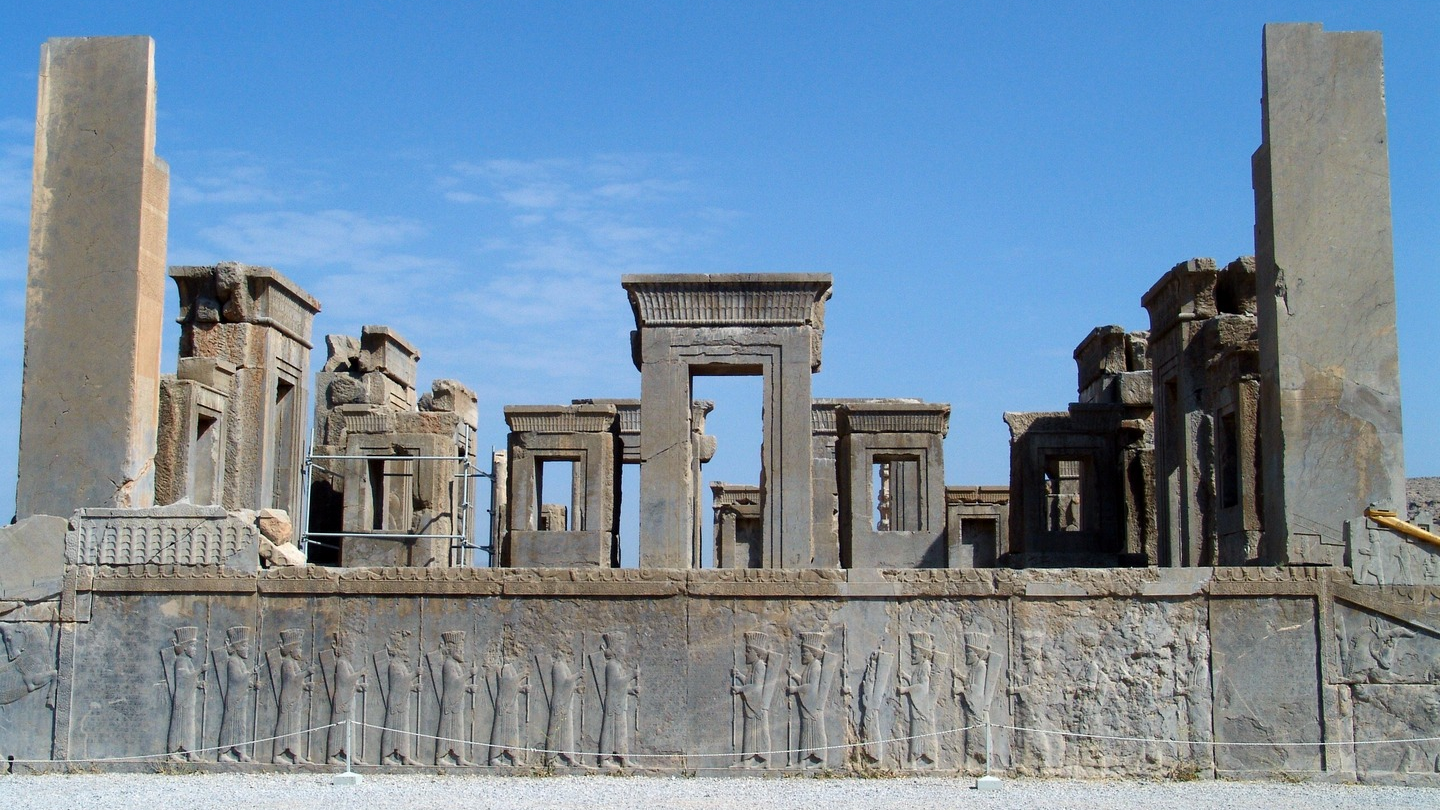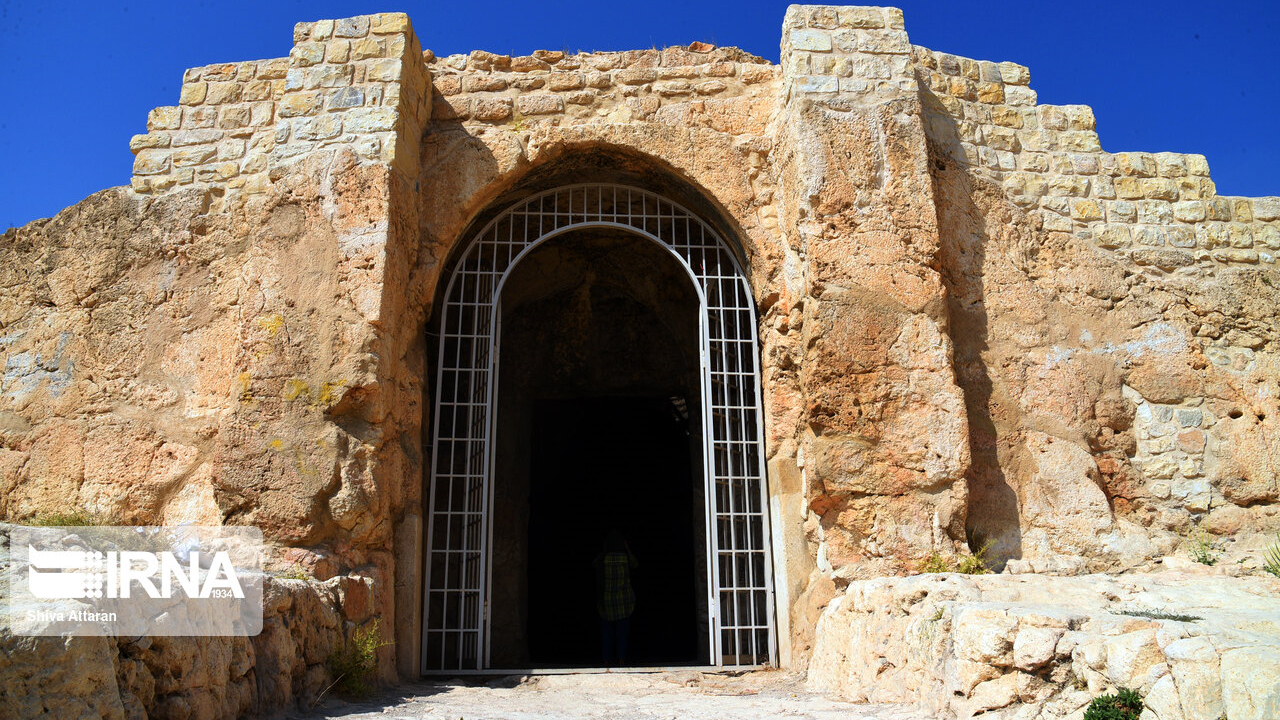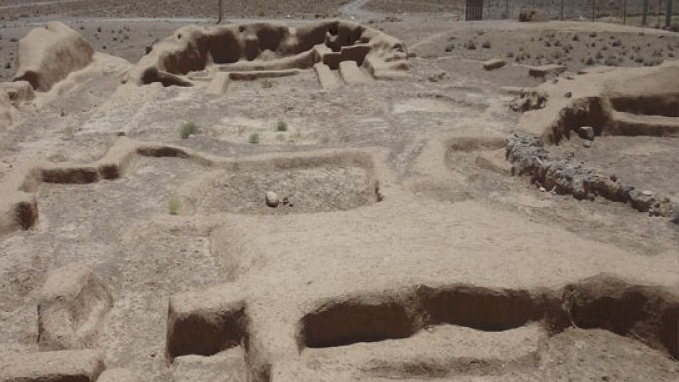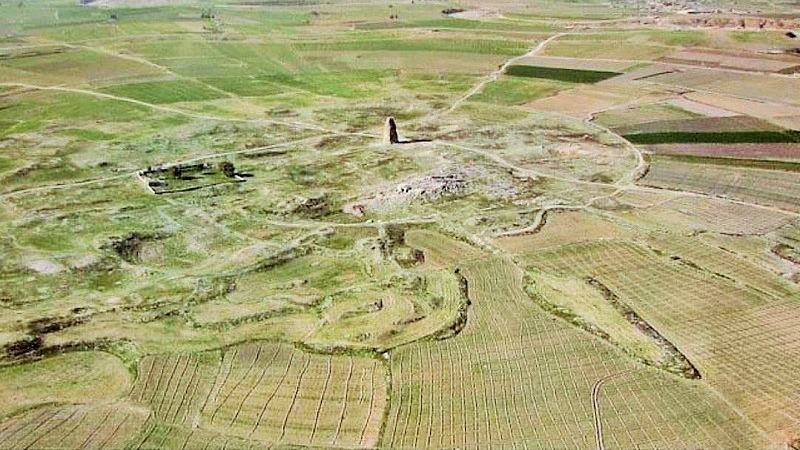
Ali Siahpoosh Mausoleum and the Exquisite Decorations of Its Dome
The Mausoleum of Ali Siahpoosh is located in the city of Tabriz, in a district that bears the same name. The shrine is particularly renowned for the ornate decorations on the dome’s interior, which showcase exquisite craftsmanship. It stands today as one of the most captivating examples of Iranian artistic heritage.
Who was Ali Siahpoosh?
The name Sheikh Safi al-Din Ardabili is well known in Iranian history, as he was the ancestor of the Safavid kings and the founder of a Sufi lodge (khanqah) in Ardabil whose teachings attracted numerous followers over the centuries. Khwaja Ala al-Din Ali Siahpoosh, born in 1391 CE (794 AH) and passing away in 1427 CE (830 AH), was the grandson of Sheikh Safi al-Din. Despite his relatively short life, he gained many disciples. After the death of his father — the son of Sheikh Safi al-Din — he assumed leadership of the Safavid khanqah in Ardabil, continuing the spiritual and social legacy of his distinguished family.
Ali Siahpoosh lived during the reign of Tamerlane (Timur) and succeeded in rescuing several tribes from the Levant (Sham) from his control — tribes that later became known as the Qizilbash and played a crucial role in helping the Safavid dynasty rise to power. According to historical evidence, the title “Siahpoosh” (literally “Black-Clad”) was bestowed upon Khwaja Ali because of his political resistance, and his followers, in solidarity with him, also wore black garments.
In addition to the mausoleum in Tabriz, known as the Shrine of Ali Siahpoosh, there is another tomb attributed to him in Rudband, Dezful County, Khuzestan Province. According to local tradition, during a journey to Kadhimiya (Iraq), Ali Siahpoosh saw Imam Jawad, the ninth Shi’a Imam, in a dream. The Imam commanded him to go to Dezful and settle in the place that is now believed to be his burial site.
According to some historical texts, Ali Siahpoosh embarked on a pilgrimage to Mecca and, during his journey, traveled to Palestine to promote the teachings of his spiritual order. It is said that he fell ill and passed away there. Nevertheless, it is certain that due to the relative political stability of his time, Ali Siahpoosh achieved significant success in spreading his doctrine. He was also a poet, and a collection of his verses once existed. After his death, his son, Ebrahim, succeeded him as the head of the order. Ali Siahpoosh was the great-great-grandfather of Shah Ismail I, who founded the Safavid dynasty in 1501 CE (907 AH). Despite the time gap between them, the influence of Ali Siahpoosh on this pivotal chapter of Iranian history is undeniable.
Architecture and Features of the Mausoleum of Ali Siahpoosh
The mausoleum has a quadrangular (four-sided) plan, but its interior appears octagonal. Inside the structure, there are several small octagonal chambers. A brick-clad dome crowns the mausoleum, featuring a double-shell design. The interior of the dome is adorned with elegant stucco muqarnas (stalactite decorations), while stucco geometric patterns embellish the corners of the building. Several windows at the base of the dome allow natural light to illuminate the interior. The precision of the stucco work and the harmony of the dome’s decorative motifs create a remarkable sense of balance, making this structure a unique example of Persian artistic mastery.
The tomb of Ali Siahpoosh is located in an underground crypt. The structure that is now known as the mausoleum of Ali Siahpoosh originally served as his khanqah (Sufi lodge) and a gathering place for his followers during his lifetime. However, the exact date of the building’s construction is uncertain, as its inscription has been lost. Experts believe that the current structure was most likely built during the Safavid period or the early Qajar era (16th to 18th centuries CE).
National Registration of the Tomb of Ali SiahpooshThis mausoleum was inscribed on Iran’s National Heritage List in 1998 (1377 SH).
| Name | Ali Siahpoosh Mausoleum and the Exquisite Decorations of Its Dome |
| Country | Iran |
| State | East Azerbaijan |
| City | Tabriz |
| Type | Historical |

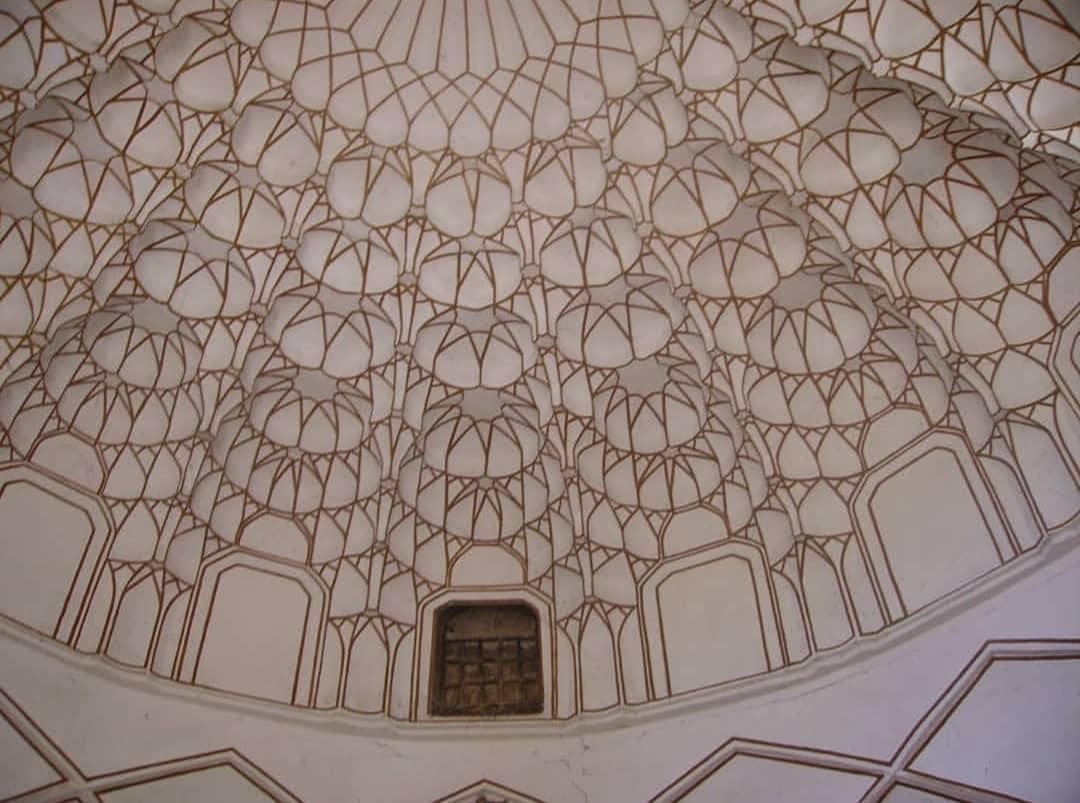




Choose blindless
Red blindless Green blindless Blue blindless Red hard to see Green hard to see Blue hard to see Monochrome Special MonochromeFont size change:
Change word spacing:
Change line height:
Change mouse type:


